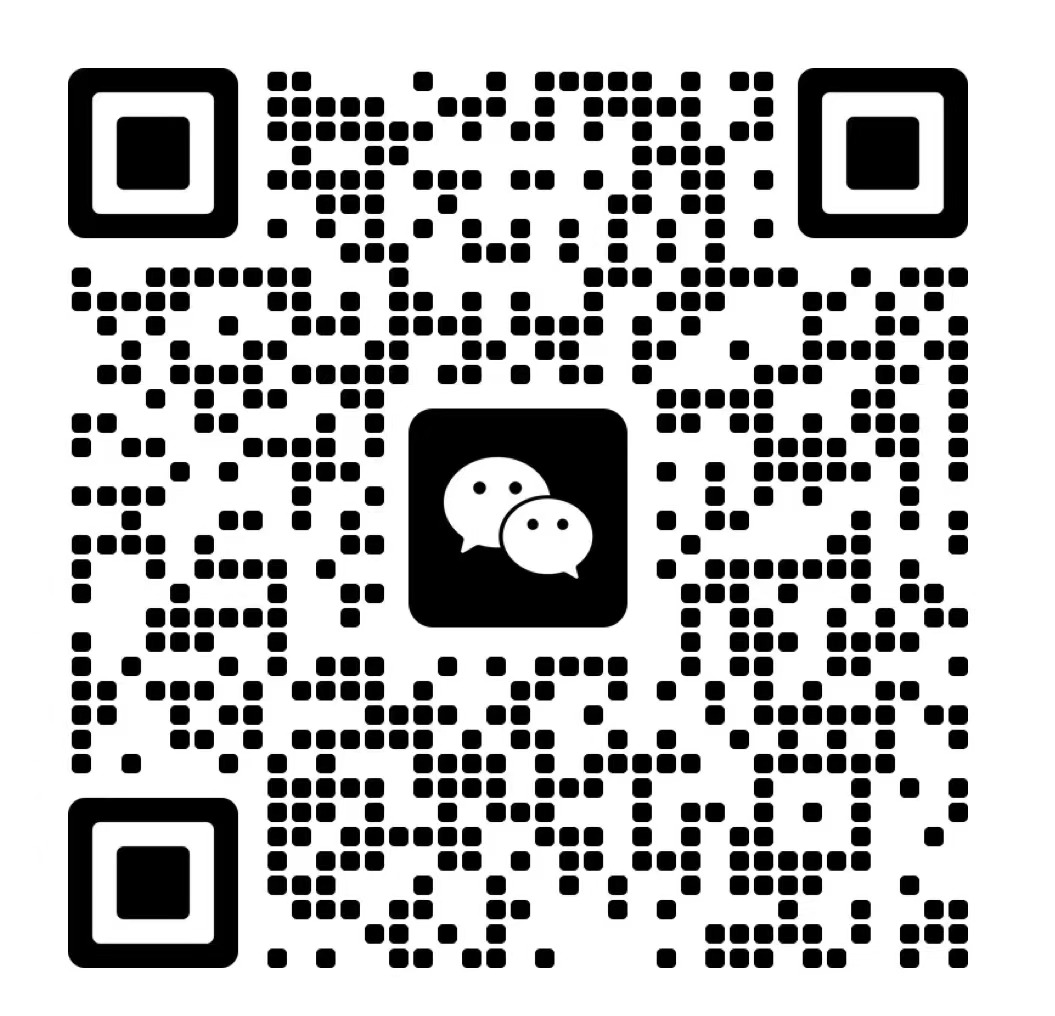Reveal the secrets behind the Dancer of Led Display Screen
May 24, 2024
In this era of ever-changing technology, LED display with its unique charm has become a bright star in the city night scene and a right-hand man in commercial display. In the bustling Shanghai Beach, the full-color LED display has become the focus of many enterprises and businesses. So, in this brand feast, which full-color LED display manufacturer in China can stand out and become the first choice in the hearts of consumers?
First of all, let's have an in-depth understanding of how the LED video wall works. Leds, or light-emitting diodes, are semiconductor devices that convert electrical energy into light energy. When the current passes through the LED, the electrons and holes inside the LED combine to release energy, which in turn produces light. In the full-color LED display, each pixel is composed of three colors of red, green and blue LED, by controlling the brightness and combination of these three colors, you can present a colorful picture.
Next, we focus on the performance characteristics of full-color LED display, which is the key to its ability to stand out among many brands.
1, High brightness and wide viewing Angle
Full color LED display with extremely high brightness, even in direct sunlight outdoor environment, to ensure that the picture is clearly visible. At the same time, its wide viewing Angle design allows the audience to get the best viewing experience no matter which Angle they stand at.
2, High contrast and rich color
Contrast is the brightness ratio between the brightest part and the darkest part of the image, which is an important factor affecting the clarity and layer of the image. Mykas Led full-color LED display has a high contrast ratio, which makes the picture feel strong and vivid colors. At the same time, its wide color gamut coverage ability makes the picture more colorful and more realistic.
3, High refresh rate and fluency bit details
Refresh rate refers to the number of times an image is repeated by the Led screen display board per second. The full-color LED display has a high refresh rate, making the picture smoother and the dynamic effect more natural. Whether watching videos or playing games, you can get a great visual experience.
4, Stability and durability
Because the LED display needs to run for a long time, stability is one of its important performance indicators. LED display adopts advanced power supply system and cooling system to ensure long-term stable operation of the display. At the same time, its high-quality materials and exquisite craftsmanship make the display screen extremely durable and can withstand the test of various harsh environments.
5, Easy to maintain and upgrade
In the process of use, there will inevitably be some failures or damage. Therefore, easy maintenance and upgrade is also one of the important features of full-color LED display. The modular design of the Mykas LED display makes the repair and replacement of individual modules easy and fast. At the same time, its powerful software support makes it easy to upgrade the display to meet the changing market needs.
Application scenarios of Led display screen
1. Commercial advertising and Marketing
LED displays are widely used in billboards, outdoor billboards and shopping malls. Its high brightness, rich colors and dynamic effects can attract attention, enhance brand image, and effectively convey advertising messages.
2. Sports events and performances
In sports venues, concerts, parties and other occasions, LED display can be used as a real-time picture, game scores, sponsor information display tool, to bring better spectator and spectator experience.
3. Transportation
In airports, railway stations, bus stations and other transportation hubs, full-color LED displays are used to display flight information, train schedules, etc., to facilitate passengers to obtain important information.
4. Government and Public services
Public places such as government squares, leisure squares, and commercial streets often use full-color LED displays to publish announcements and information to facilitate citizens to obtain the information they need.
Taking these performance characteristics into account, the Myaks LED display brand stands out in the market with its superior performance and excellent service. The LED display brand's full-color LED display not only has high brightness, wide viewing Angle, high contrast, rich color, high refresh rate and other excellent performance characteristics, but also has good stability, easy maintenance and other advantages. This makes the brand's full-color LED display highly favored in the market, becoming the first choice for many enterprises and merchants.
Let's walk into the showroom of Mykas Led to see its full-color LED display. Whether it is a commercial display, advertising or artistic performance, the full-color LED display can be perfectly competent to bring a shocking visual experience to the audience. At the same time, the LED display brand also focuses on communication and cooperation with customers, providing a full range of technical support and after-sales service to ensure that customers can successfully achieve their needs.
In short, the full-color LED display market is highly competitive, but Mykas Led has won widespread praise and recognition in the market with its excellent performance and excellent service. If you are looking for a high quality full color LED display product, then you may wish to consider our brand! I believe you will be attracted by their charm and strength.
Read More



 language :
language :










